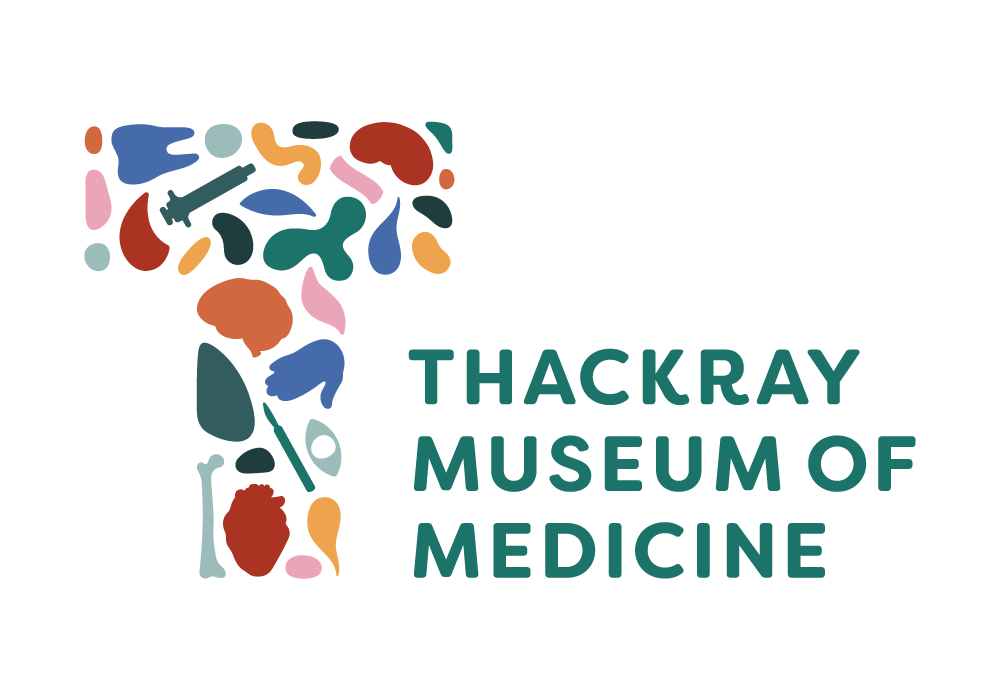William Hey (1736-1819)
A former Mayor of Leeds, leading surgeon and man-midwife who gave his name to a skull surgery saw
From life changing discoveries and practices with influence across Europe to dubious surgery demonstrations involving so called criminals and witches our idea of health ‘heroes’ evolves with time and social change.
William Hey was a surgeon, born in Pudsey, West Yorkshire. His family were a dynasty of medical men. He was a surgeon at Leeds General Infirmary from its opening in a temporary building in 1776, and senior surgeon there from 1773 to 1812.
As well as being heavily involved in the medical scene in Leeds, Hey was Mayor of Leeds in 1787-88 and 1802-03. He was President of the Leeds Phil and Lit Society and founded the Leeds Club, a place for city Leaders to meet.
He worked for nearly 60 years as a surgeon, man-midwife and children’s doctor. He described a number of conditions which greatly helped patients, including infantile hernias, congenital syphilis and various knee injuries.
His writings including his famous book Practical Observations in Surgery (1803) were read across Europe.
He gave popular demonstrations, including anatomy dissections of criminals like the so-called Yorkshire witch, Mary Bateman, something which at the time was considered important medical research, a teaching tool and part of a criminal’s punishment.
He gave his name to a number of things including Hey's amputation (a tarso-metatarsal amputation), Hey's internal derangement (dislocation of the semilunar cartilages of the knee joint), Hey's ligament (the semilunar lateral margin (falciform margin) of the fossa ovalis), and Hey's saw which is used in skull surgery to trephine the skull.
Hey's sons, Richard and William Hey also became successful surgeons in Leeds.

